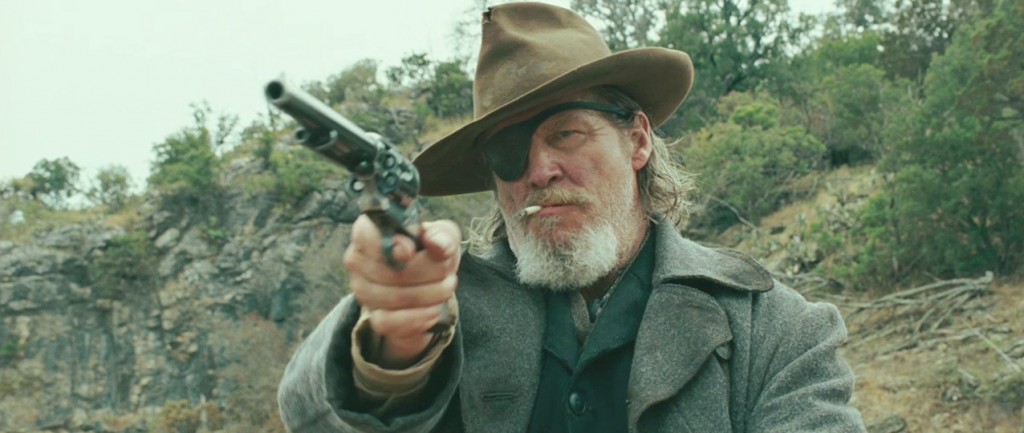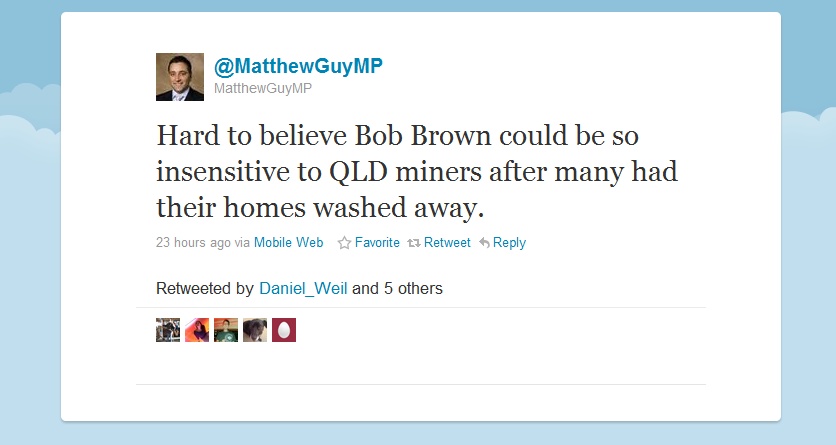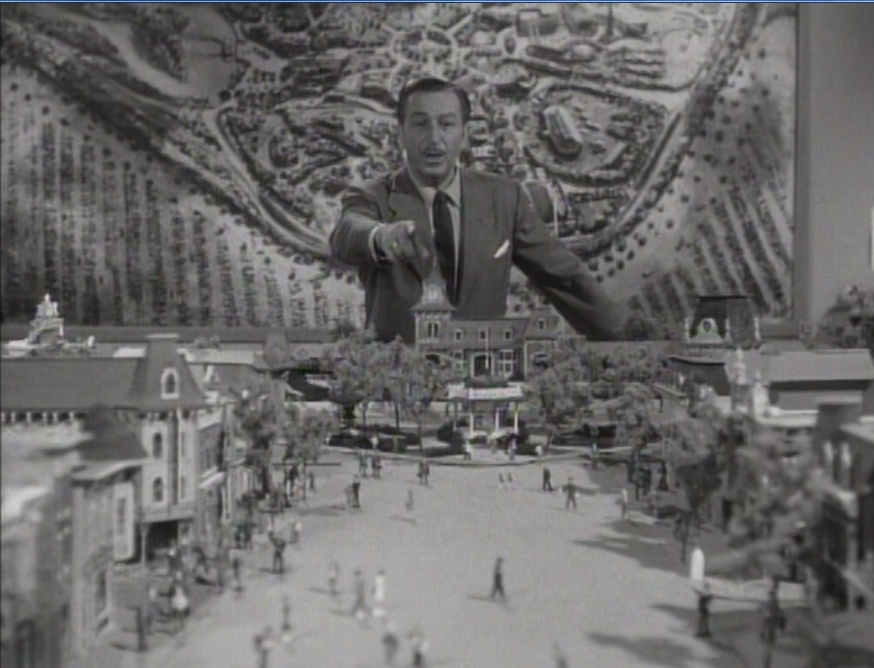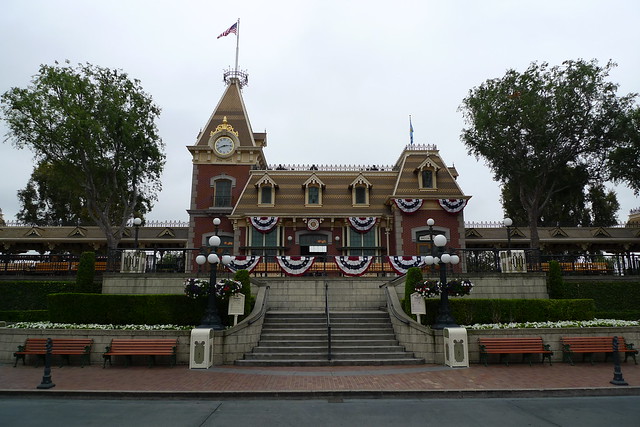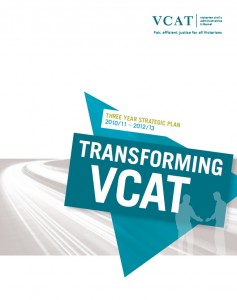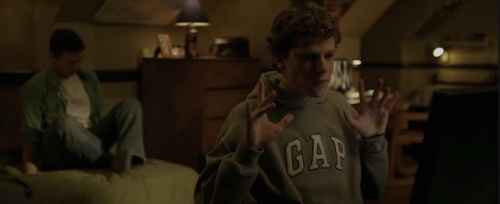Noted film composer John Barry, best known for his work on the James Bond series, has died at age 77.
I’m not qualified to write a really full analysis of his non-Bond work. Jaime Weinman has a nice little appreciation here.
Because of his association with the Bond series, Barry is sometimes assumed to have written the James Bond theme. That was the work of Monty Norman, although its authorship has literally been the subject of litigation: a defamation case a few years back was fought around the suggestion that Barry (who arranged the composition and whose orchestra played it) deserved more credit for the theme than Norman. While it seems clear that the basic melody was Norman’s work, there is also no doubt that even if Barry contributed no more than the arrangement, that was a mighty contribution. That work certainly crystallised the Bond sound.
The sound John Barry brought to those early Bonds combined a strident, almost lurid quality (most evident in the title themes), with a sweeping sense of epic adventure. The latter quality is very evident in Barry’s “007” theme, which he wrote for From Russia With Love and which became effectively the alternate Bond theme (no doubt preferred by Barry since he was 100% responsible for it).
